Centuries-Old Artifacts Discovered Beneath a Lake in Texas
Most areas worldwide are concerned with rising water levels. However, a city in Texas has experienced water levels so low that ancient artifacts have been revealed underneath its lake.
The artifacts are from the 19th century. As the lake they were found under was man-made, a whole civilization lived under the lake for more than a century.
Lakes Are in Danger of Drying Up
Water levels might be rising in some areas but not in others. For example, some scientists are worried that the Great Salt Lake in Utah will dry up soon if its water levels don’t start rising.
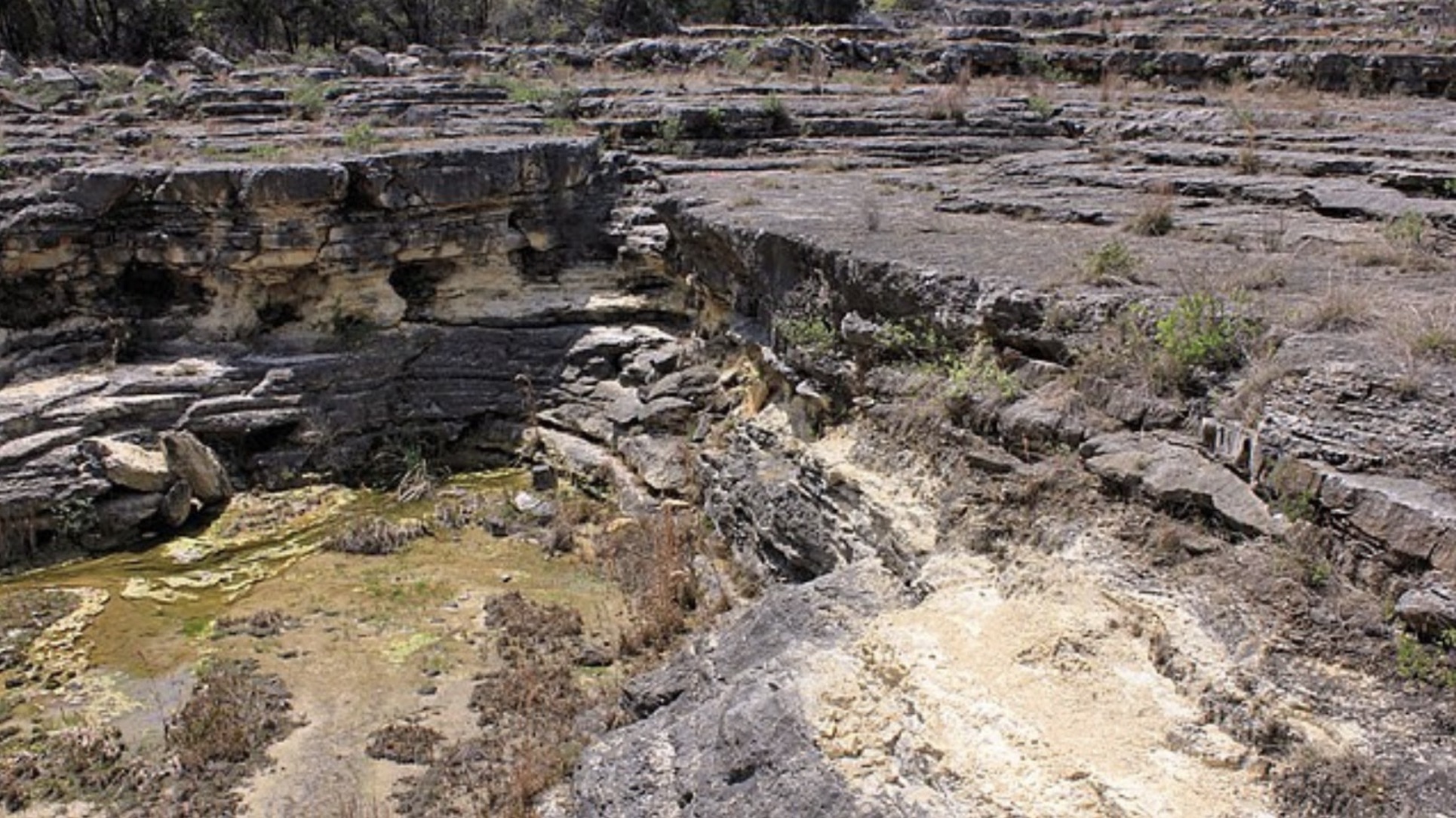
Source: Larry D. Moore/Wikimedia Commons
Droughts are another part of climate change that areas around the world are trying to deal with, and unless these droughts come to an end soon, it could see some of the world’s most famous lakes dry up entirely.
Artifacts Go Missing Underwater
It appears very easy for artifacts to go missing underwater, only to be discovered several decades or centuries later.
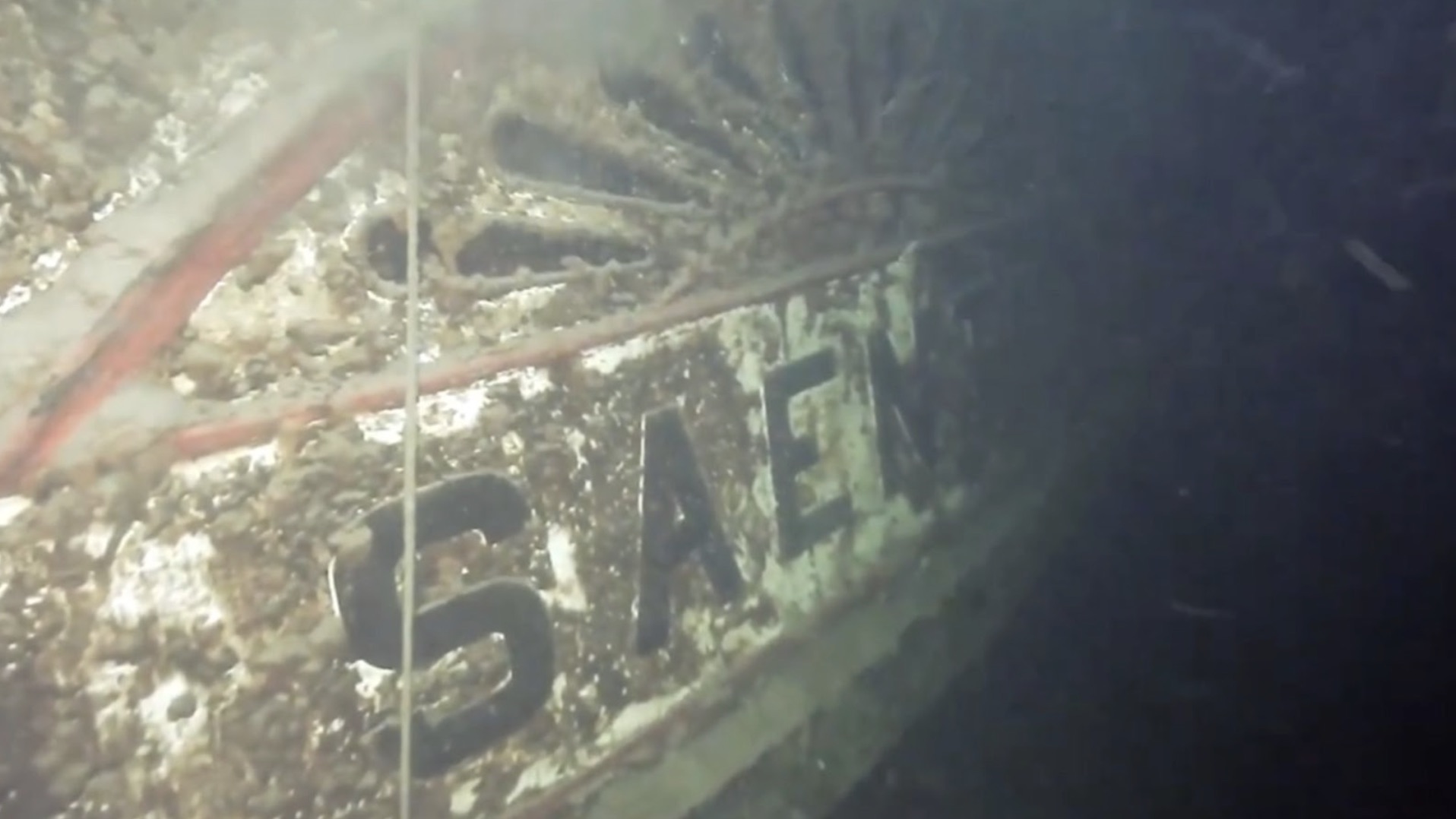
Source: @pennewsagency/X
For example, what is known as the Titanic of the Alps was found 90 years after it sunk in the Antarctic and was found to be pretty much in the same condition as it was when it first sank.
Water Levels Were Low at Canyon Lake
The artifacts found at the bottom of Canyon Lake in San Antonio, Texas, could be found because the lake’s water levels were low.
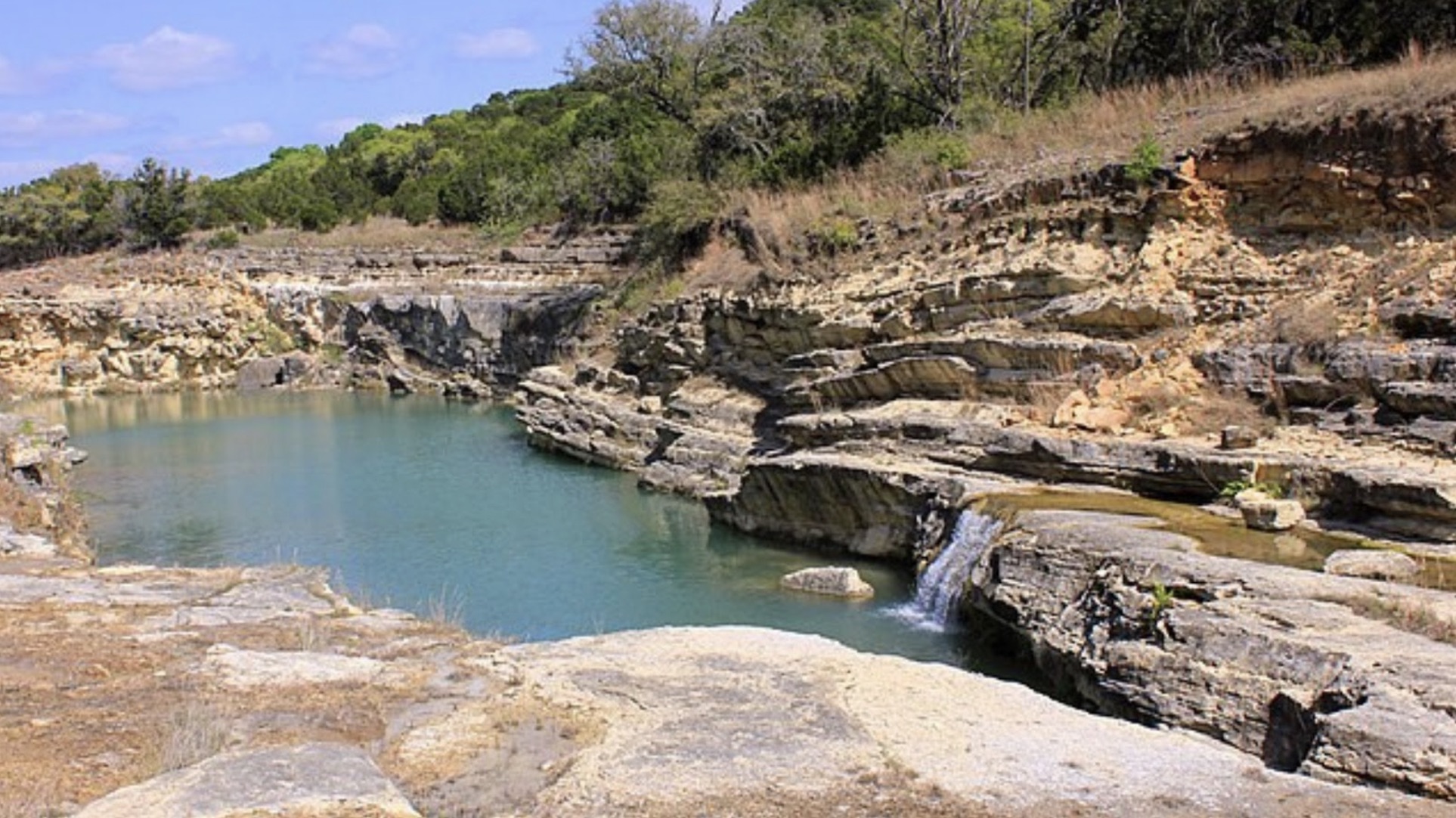
Source: Larry D. Moore/Wikimedia Commons
The lake was constructed in the area in 1958 to help with flood control and water conservation. Just one decade later, where an ancient civilization had once stood, was an area completely filled with water.
Drought Causes Low Water Levels
Despite the lake’s 8,200 acres in area and 80 miles of shoreline, hot weather and little rain over the summer months have caused the area to be in drought.
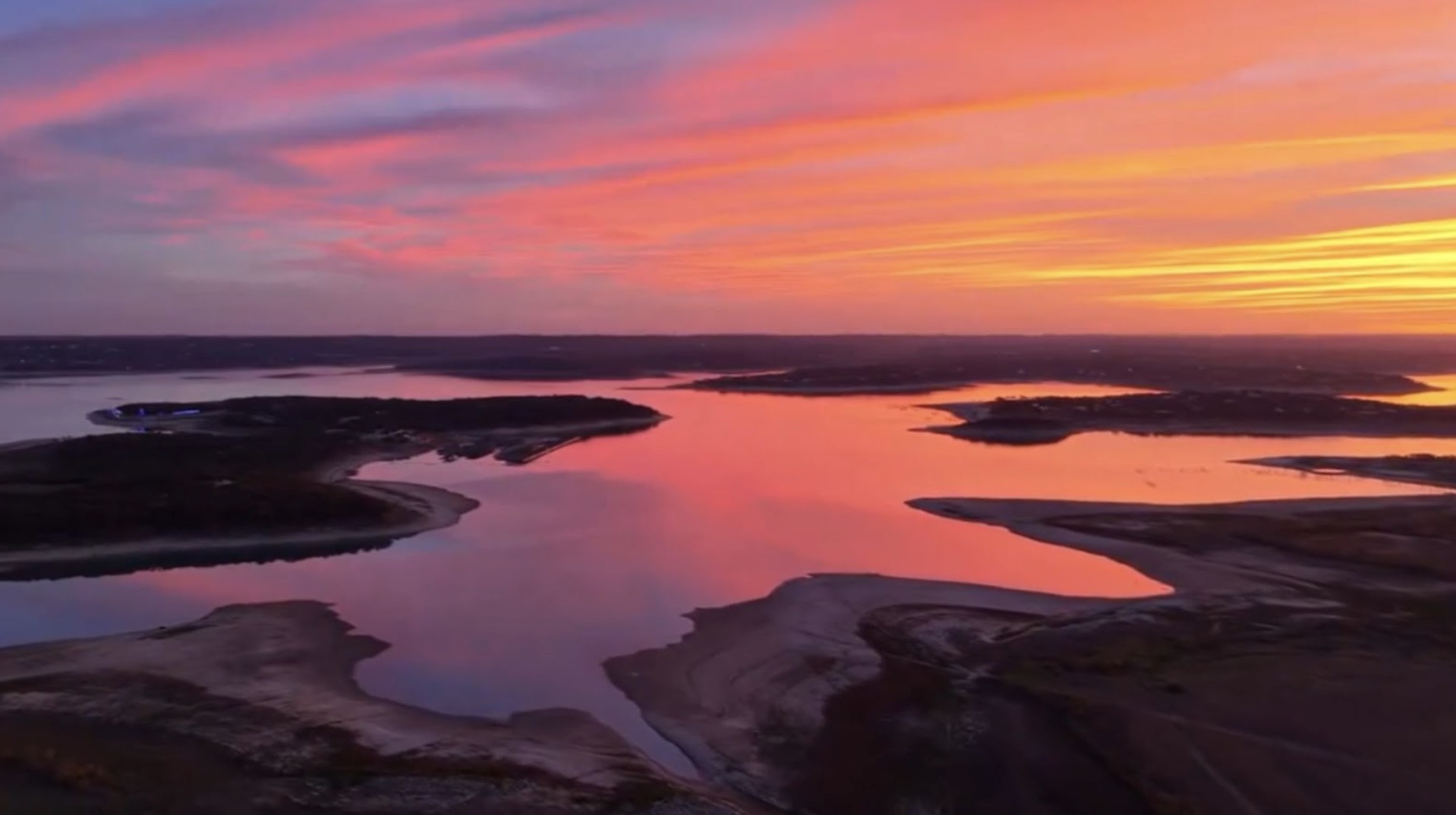
Source: @QuietKnifeRanch/X
So much so that the U.S. Army Corps of Engineers has reported that the lake is 18 feet lower than normal, and is also the lowest it has ever been since it was first constructed.
The History of Canyon Lake
Canyon Lake is steeped in centuries worth of history. Locals have said that while it’s sad to see the lake dropping to record-breaking lows, it’s still cool to see the history below it.
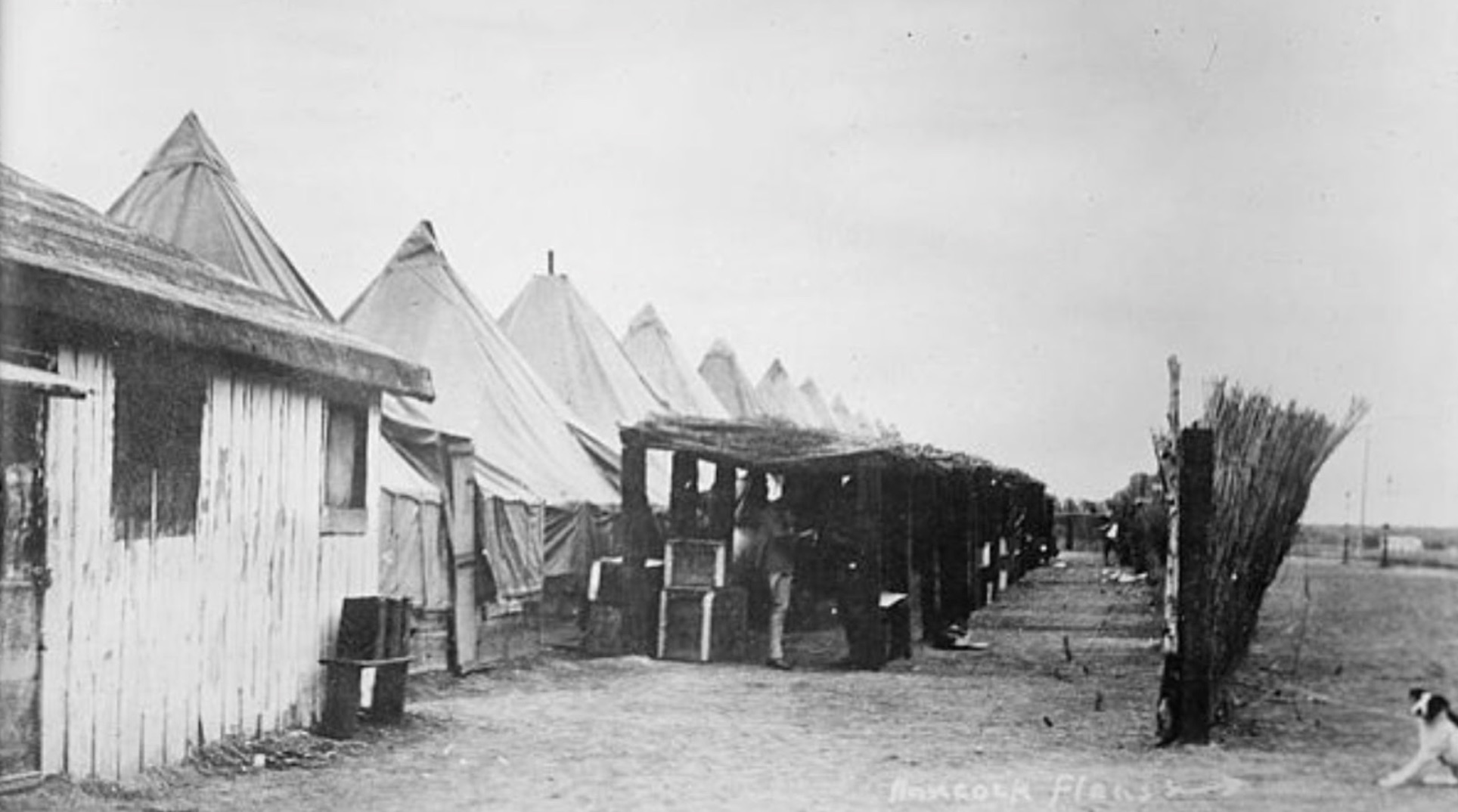
Source: Bain/Wikimedia Commons
The two towns below the water’s surface were known as Hancock and Crane’s Mill. Some artifacts that could be seen were caves, a house and the remnants of Hancock Bridge.
Towns From the 19th Century
The towns below the water’s surface were initially founded in the 1850s and were named by German immigrants.
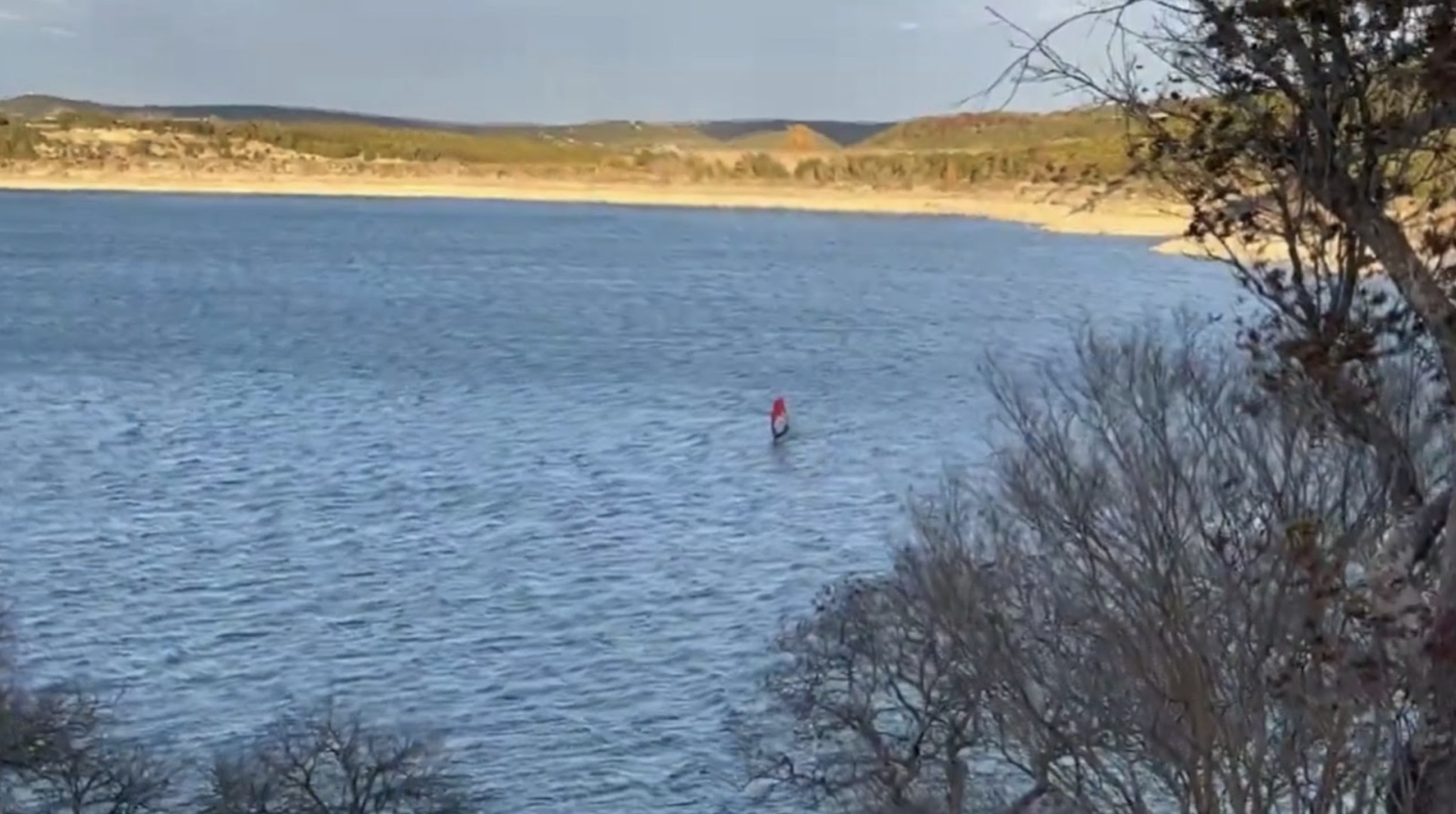
Source: @Steven_TreeFox/X
The once civilized areas that were home to many people for around a century are now underwater, and people come to the site now to marvel at the historic wonder in front of them.
Under The Lake
Brenda Anderson-Lindermann, who wrote, “Bridging Spring Branch and Western Comal County, Texas.” shared her thoughts on the small town and accompanying artefcats that lie beneath the waters during an interview with KSAT news.
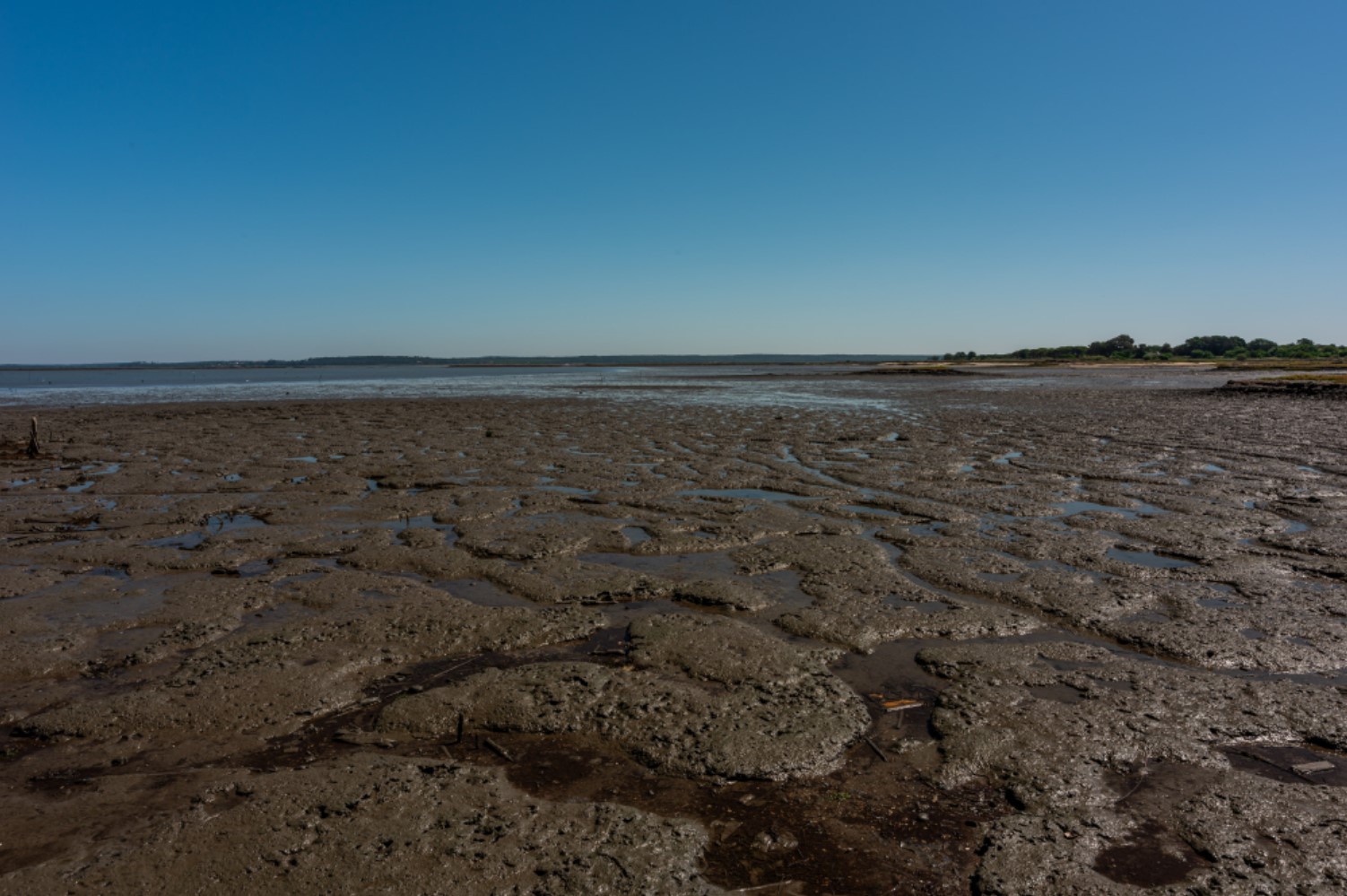
Source: Freepik
Anderson-Linderman claims much of Hill Country’s history is forgotten. However, the evidence is apparent: “They’re under the lake, Canyon Lake,” she said.
Author Shares History of the Region
Anderson-Lindemann explained the history Crane’s Mill and Hancock dates back to the middle of the 19th century, back when the area was part of the fertile Guadalupe River Valley.

Source: Freepik
“James B. Crain and John Lackey came to this area and both of them brought the skills of running a mill, shingles mill, gristmill,” she said.
The Growth of Hancock
John Coers of the Comal County Historical Commission explained, “Hancock, the name, was named after a gentleman named John Hancock.”
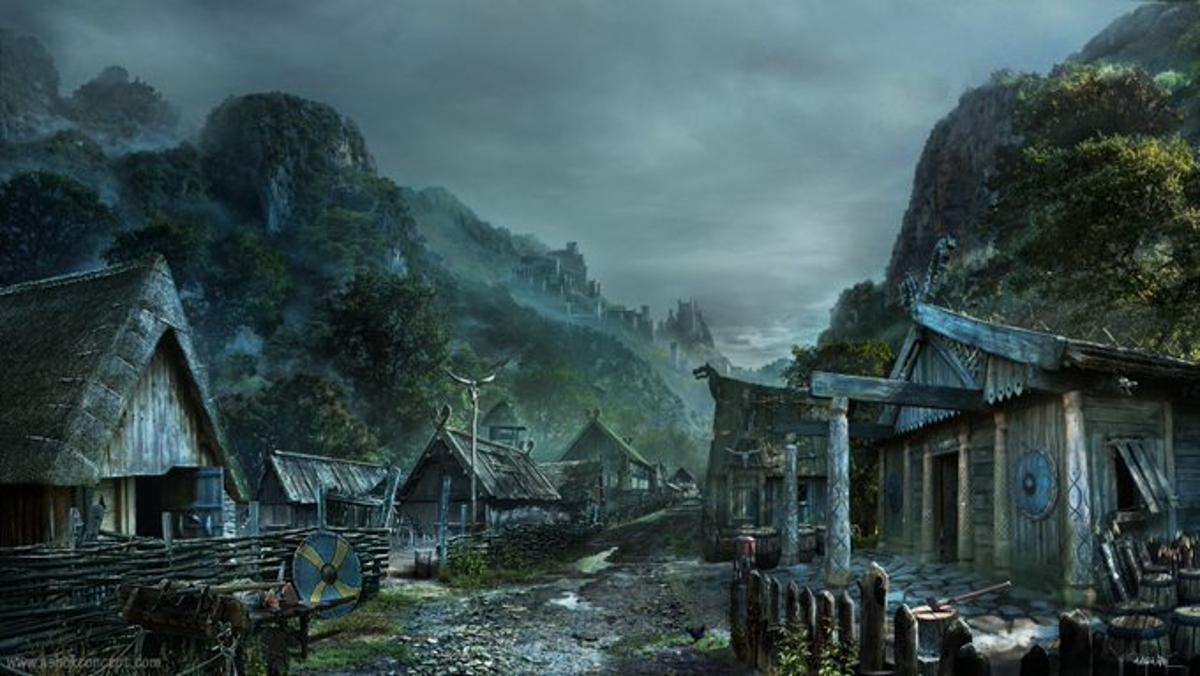
Source: @theyorkvikings/X
The settlement continued to grow according to Coers, who said, “They eventually put in a bowling alley, they had a merchandise store, they had dances.”
Historian Details the Demise of the Hill Country
Unfortunately, by the mid-20th century, most of the buildings had been destroyed to make way for the Canyon Lake Dam, which was completed in 1964.
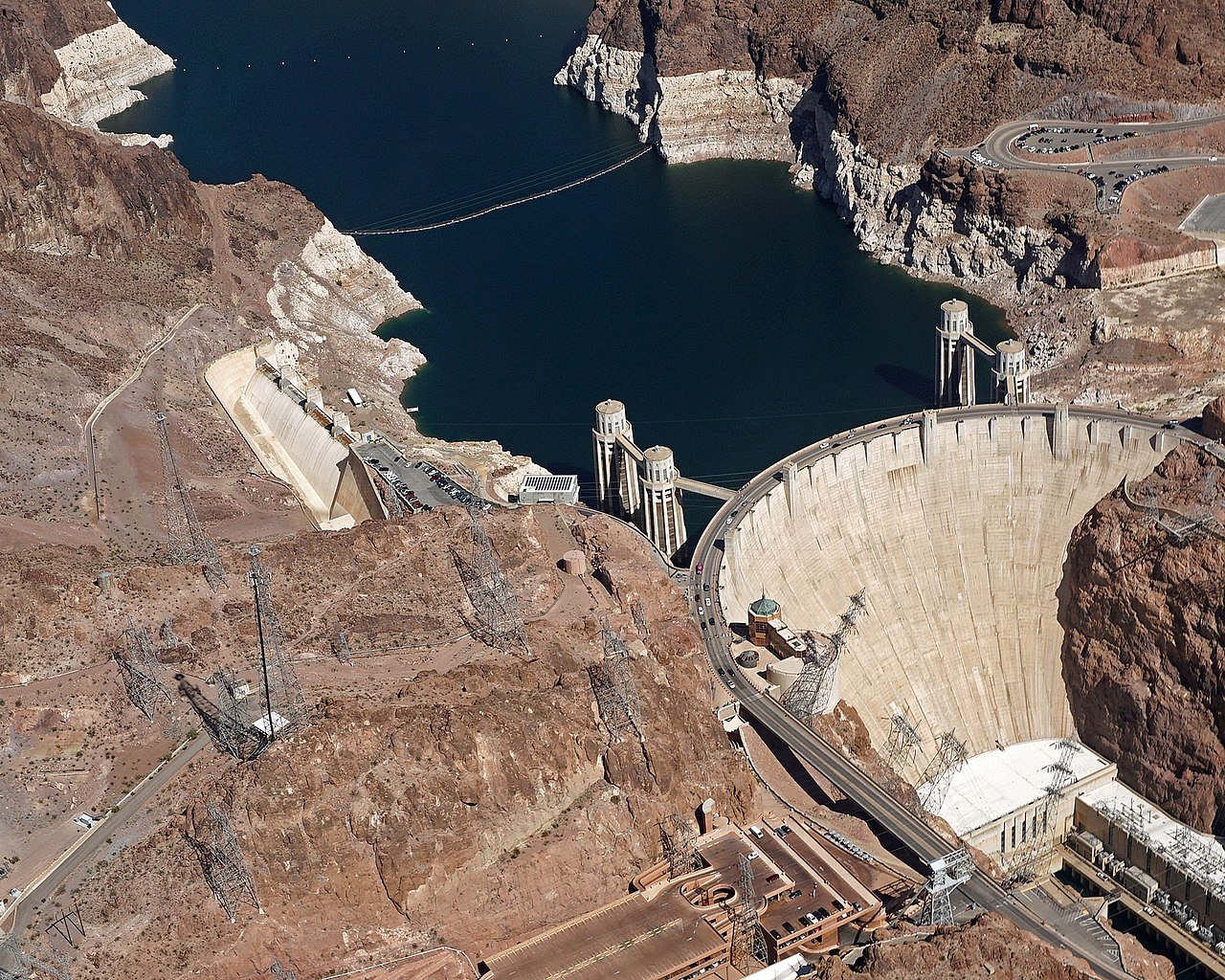
Source: Wikimedia
“My great-grandfather and my great-grandmother lived where the lake is now,” said Coers.
Low Water Levels Continue to Offer Up Surprises
When asked about whether something of value could lie beneath the water, Anderson-Lindemann said, “I think the home and the store and whatever outbuildings, the compound of the Engel’s home, is all there.”

Source: Ezra Jeffrey-Comeau/Unsplash
“It’s true, there was nothing like New Braunfels, or Blanco, or Boerne below there,” said Coers. However, other people have varying theories as to what could lie beneath the lake.
Seeing Canyon Lake’s Secrets
One thing that many onlookers, locals and tourists have noted is that the declining water levels make it interesting to see what was below the lake as it revealed its secrets.
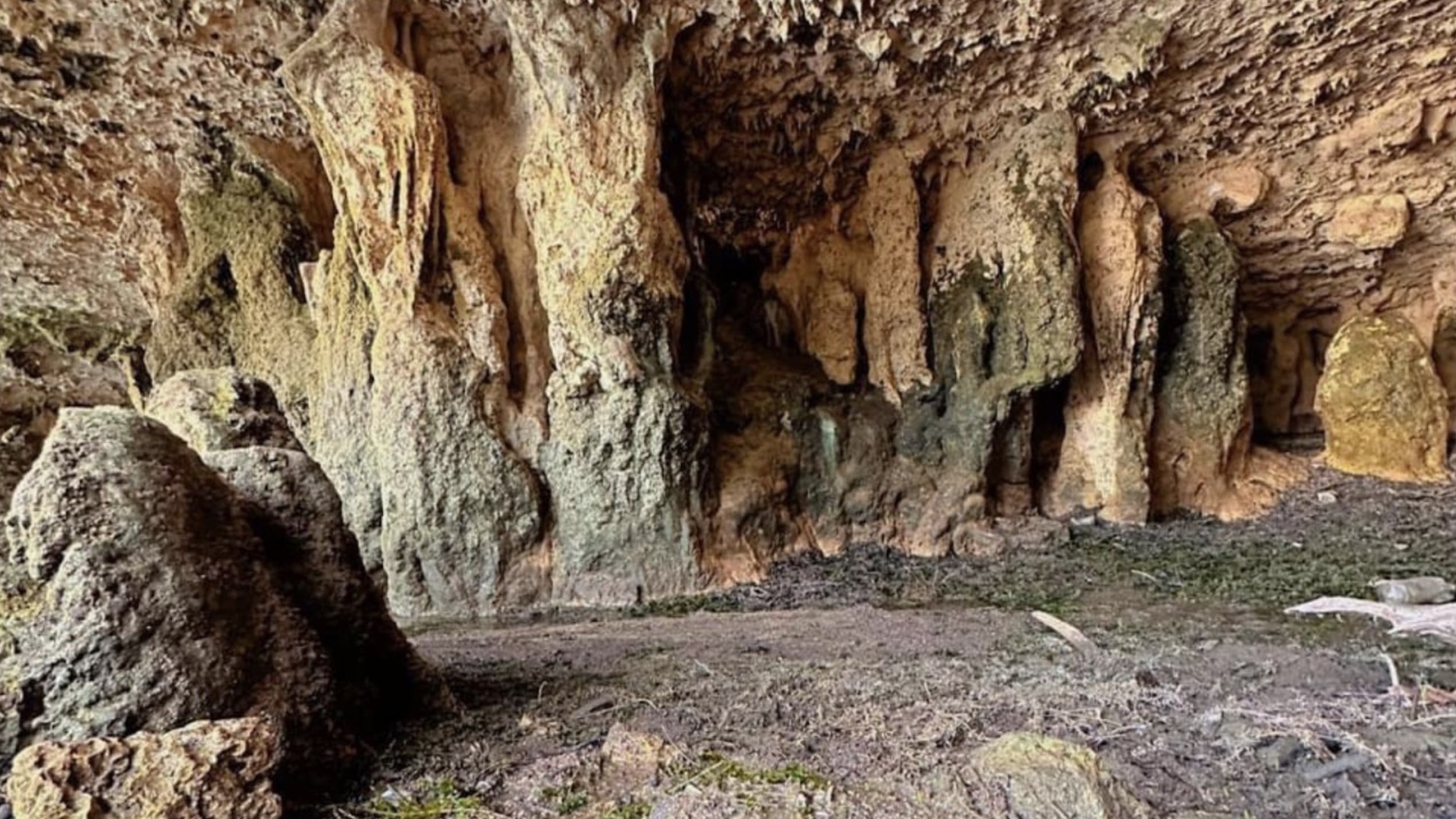
Source: @News4SA/X
It also enabled them to either confirm or deny rumors regarding what was below the lake, such as confirming that the various caves, including the “party cove,” are actually under the water.
Do Not Enter the Caves
While the caves have sparked interest in many, people have been warned not to go in and explore the caves.
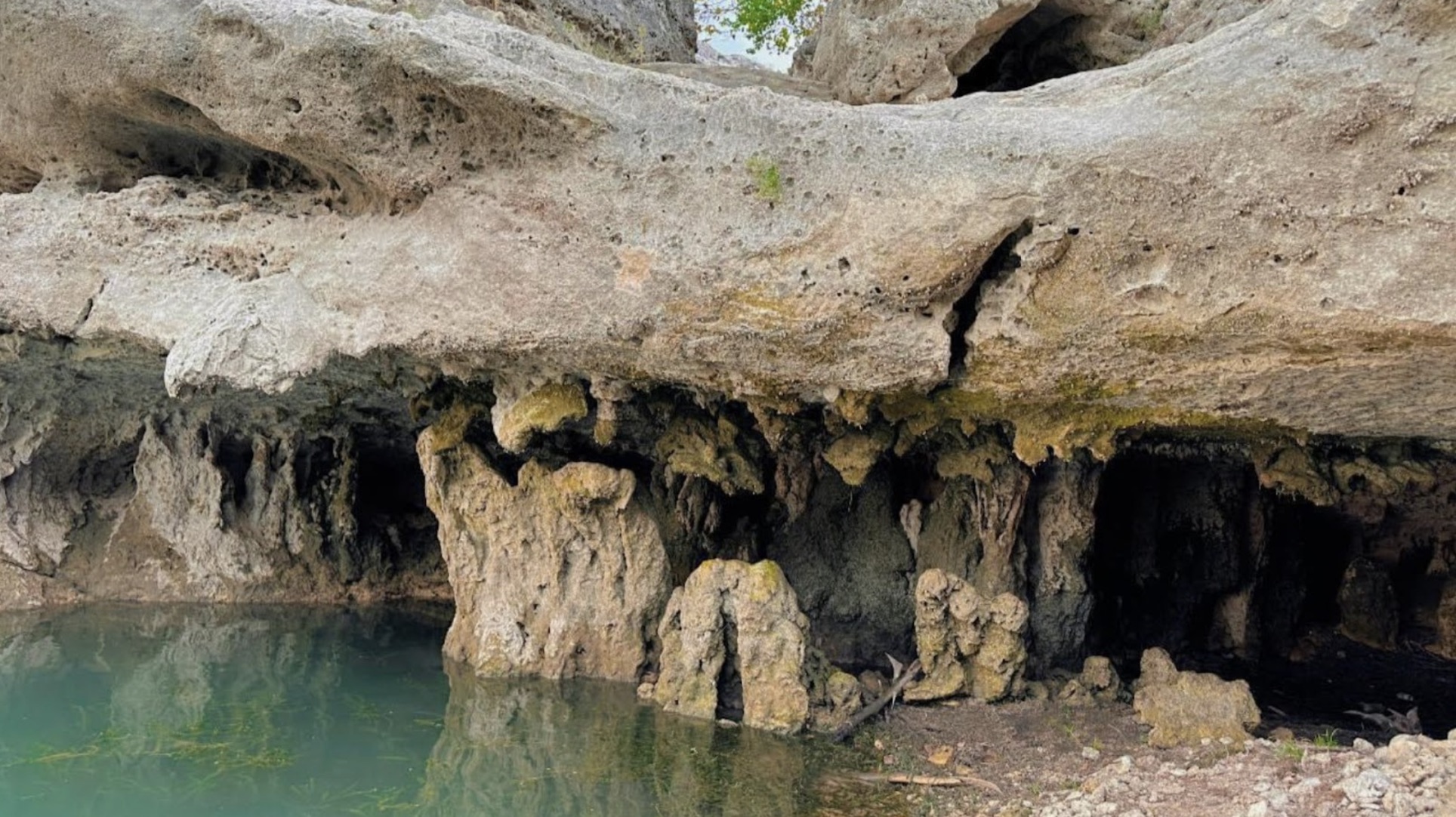
Source: @News4SA/X
This is because local authorities have only recently become aware of the caves’ dangers. While people can stand and look at them from a distance, they cannot get too close to them.
Why Are Underwater Discoveries Becoming More Prevalent?
The drying up of bodies of water such as Canyon Lake is not an isolated event as many are unfortunately suffering due to drought.

Source: Shutterstock
“Been here five years… but this is the first time we’ve seen the lake so low,” says Diana Schmidt, a local resident.
Locals Worried About the Future of the Lake
“It’s just gorgeous. It is absolutely beautiful, the waters clear,” says Schmidt. However, she admits there were telltale signs that the Lake’s volume was shrinking right before their eyes.

Source: Nik Shuliahin 💛💙/Unsplash
“When we first moved out here, we had a boat, and then when we started seeing all the rocks and how low the lake was going, we sold our boat,” says Schmidt.
Boat Ramps Are Closed Due to Low Water Levels
According to reports, only two of over twenty boat ramps are currently open at Lanyon Lake. While this is undoubtedly lowering the level of water sports at the lake, businesses appear to be doing just fine.
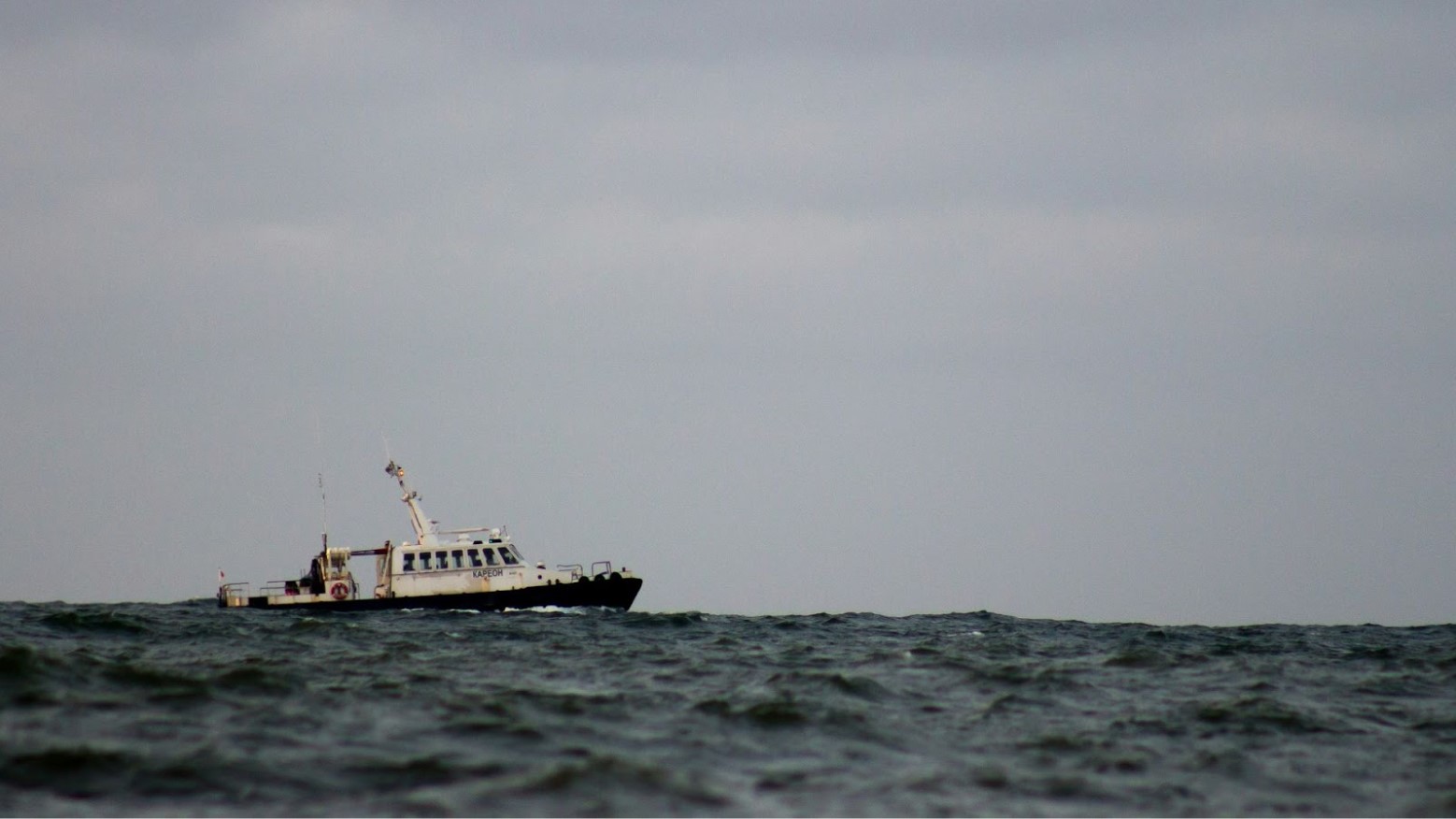
Source: Aleksey Malinovski/Unsplash
“It really hasn’t affected us at all,” says General Manager of Lucky’s At the Lake, Fritzy Crow. She claims her success comes as a result of the surrounding area.
Still a Great Community
Crows believes the community of Canyon Lake is just as important as the lake itself when it comes to customers. “Great community, great place. We’re so much fun. People love our food here. So that’s why people keep coming back,” says Crow.

Source: Freepik
She added, “We’ve gotten a lot busier with a lot of people moving in from out of state, you know, just moving to this area.”
Lakes Continue to Dry Up
The community surrounding Canyon Lake will remain busy with or without the water sport.
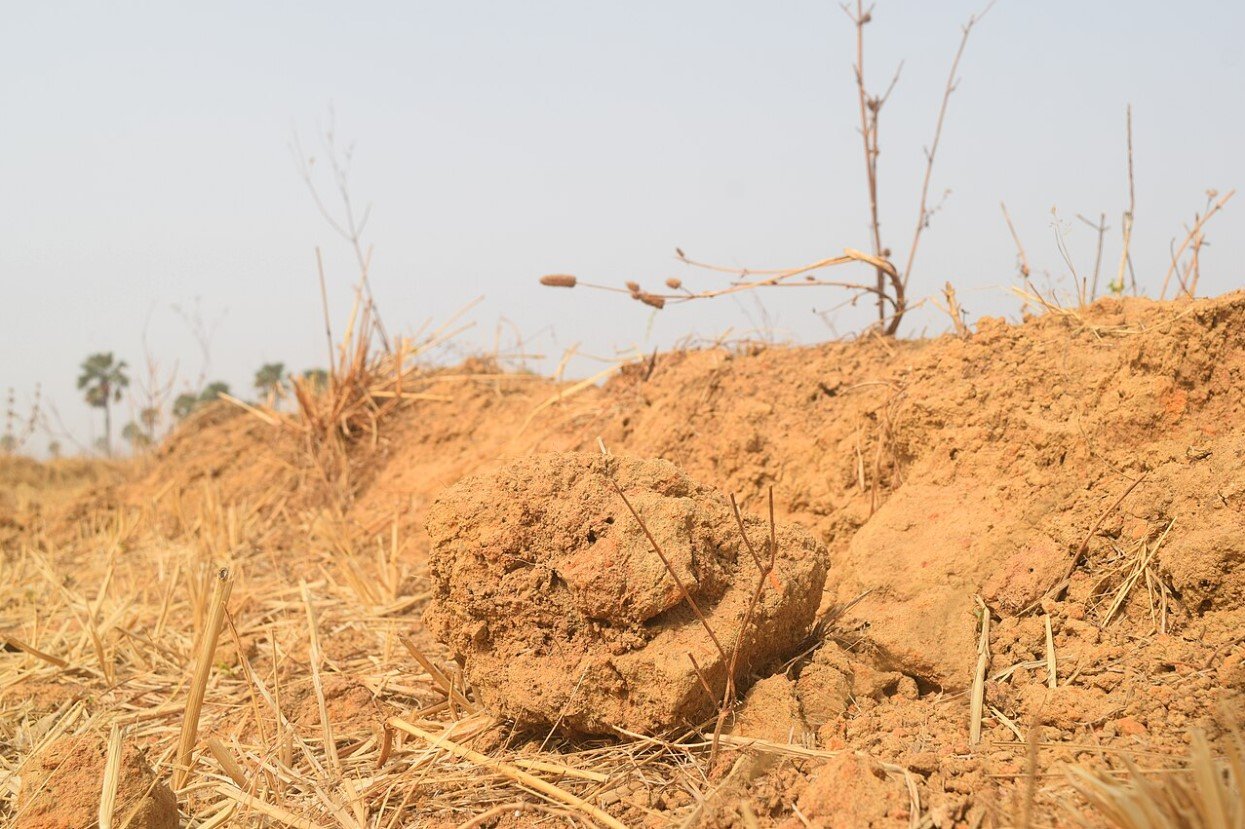
Source: Steve Kally/Wikimedia Commons
While the lowering of water levels in lakes can result in the discovery of archaeological items of interest, unfortunately the drought can have adverse effects for the surrounding region. Nonetheless, places like Lake Canyon continue to lose their water at unprecedented rates.
Conflicting Thoughts and Opinions
Like most things, many people have conflicting thoughts and opinions about Lake Canyon’s declining water levels. One person said they wanted to take advantage of the low water levels by taking a metal detector around the lake in search of treasure.
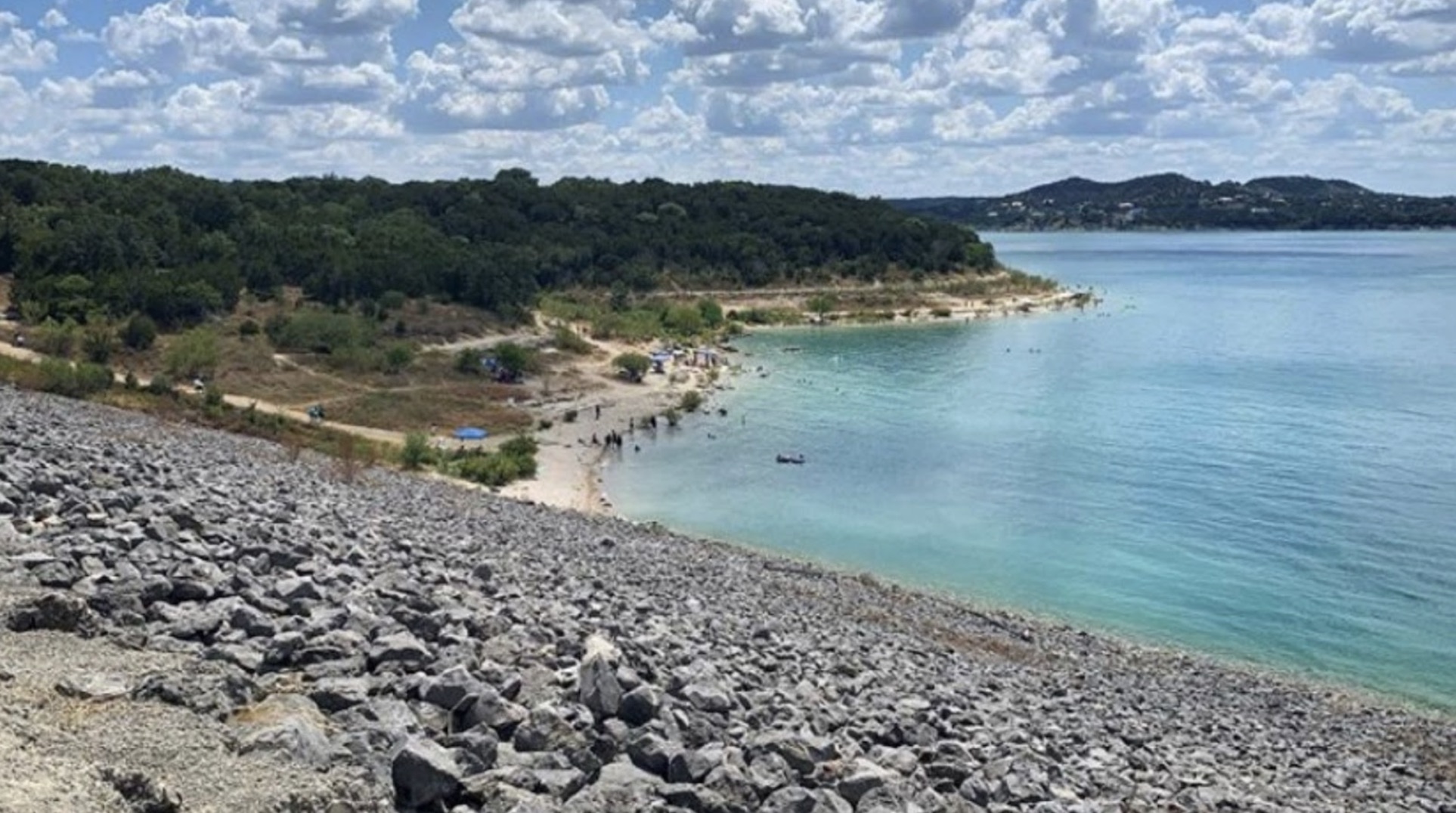
Source: @twdb/X
However, another commenter has a completely different viewpoint. They said that Texas has over 800 golf courses that use gallons of water yearly. As there is a global water shortage, this person said everything possible needs to be done to conserve our water.
A Word of Caution About Visiting the Lake
While tourists and locals enjoy visiting the lake, there have been warnings about going there when the water levels are low.
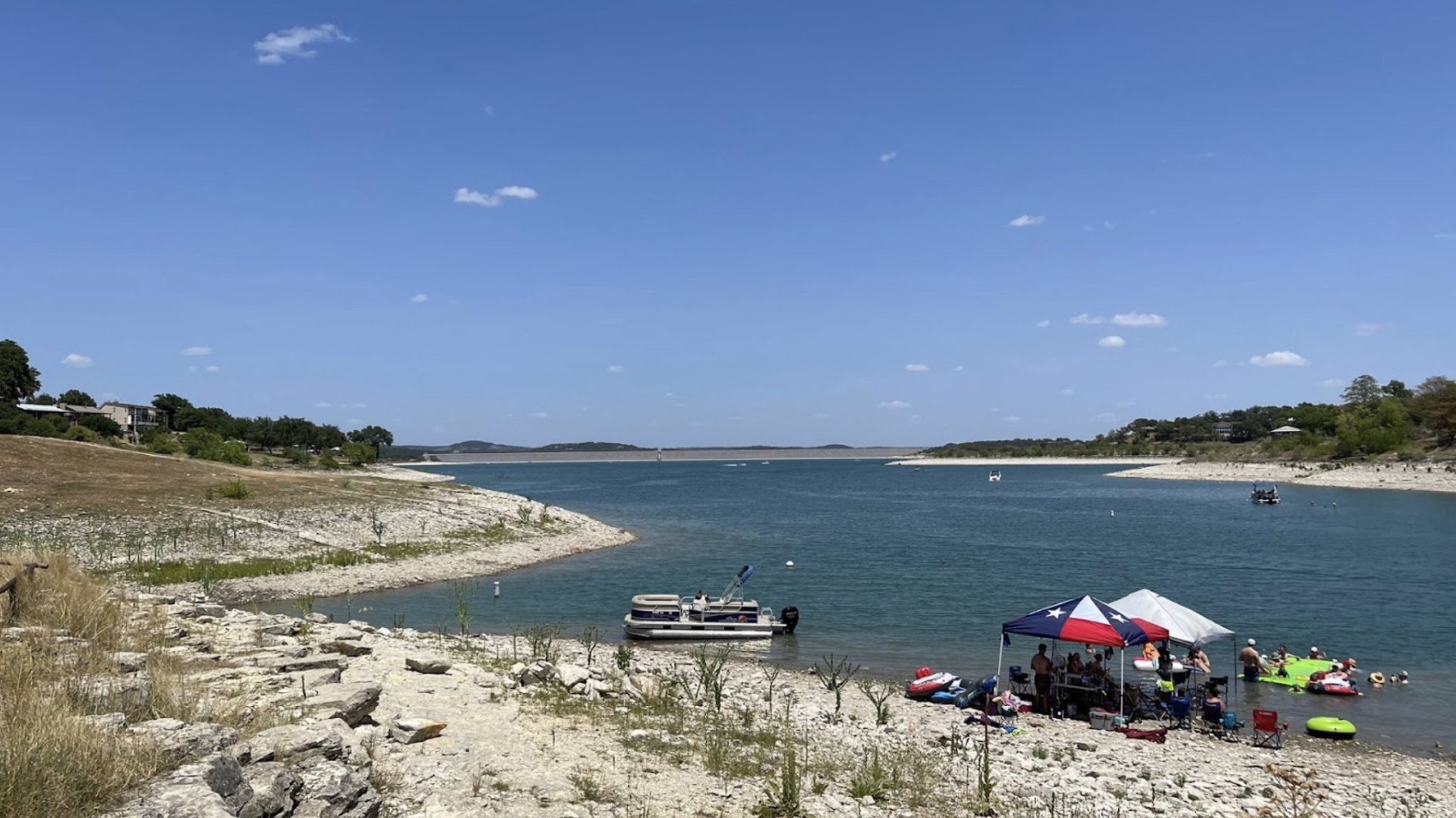
Source: @texan_angler/X
Not only is rubbish that had been dumped in the lake clearly visible, but hazardous objects such as tree stumps and large rocks are also visible, which could pose a danger to boaters and swimmers. For now, we can only stand on the shore and speculate about what other treasures lie beneath the water.
Ancient Artifacts Have Been Found Under Other Lakes
Canyon Lake isn’t the only place where ancient artifacts have been found, as giant rocks that have been dubbed the new Stonehenge have been found below the surface of Lake Michigan.
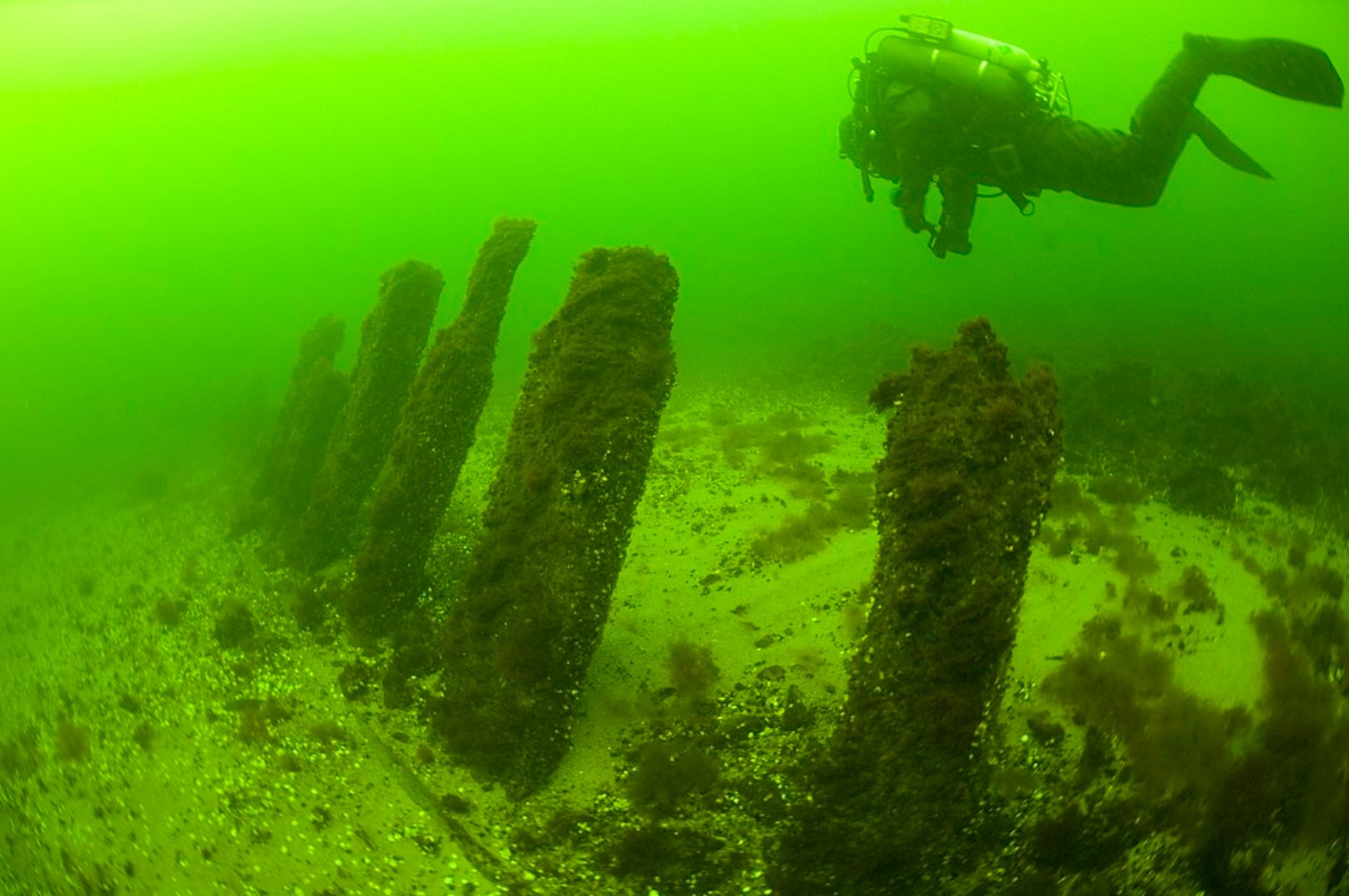
Source: Wikimedia
The rocks had been placed in a circular formation, similar to Stonehenge. The archaeologists who discovered them used photogrammetry technology to examine them in more detail and concluded that humans had definitely placed them there.
Archaeologist Shares Thoughts on the American Stonehenge
According to lead archeologist Mark Holley, America’s Stonehenge is of great importance to the archaeological community. He explains the rock formation’s location was not underwater some 10,000 years ago, suggesting it was submerged at some point in the more recent past.
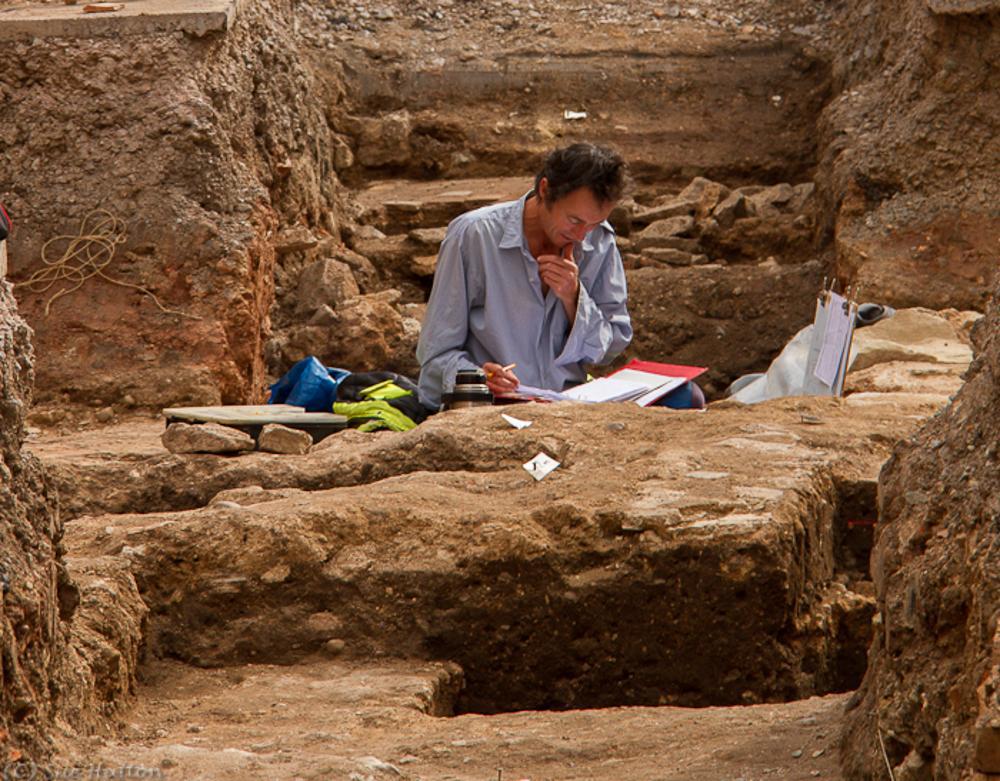
Source: Wikimedia
“It would’ve been a wonderful place for people to live – near the coastline, close to resources, transportation’s easy,” said Holley.
More Underwater Structures Will Be Discovered
As extended droughts continue to affect places across the United States, archaeologists are likely to continue receiving calls about unusual artefacts discovered in shallow waters.
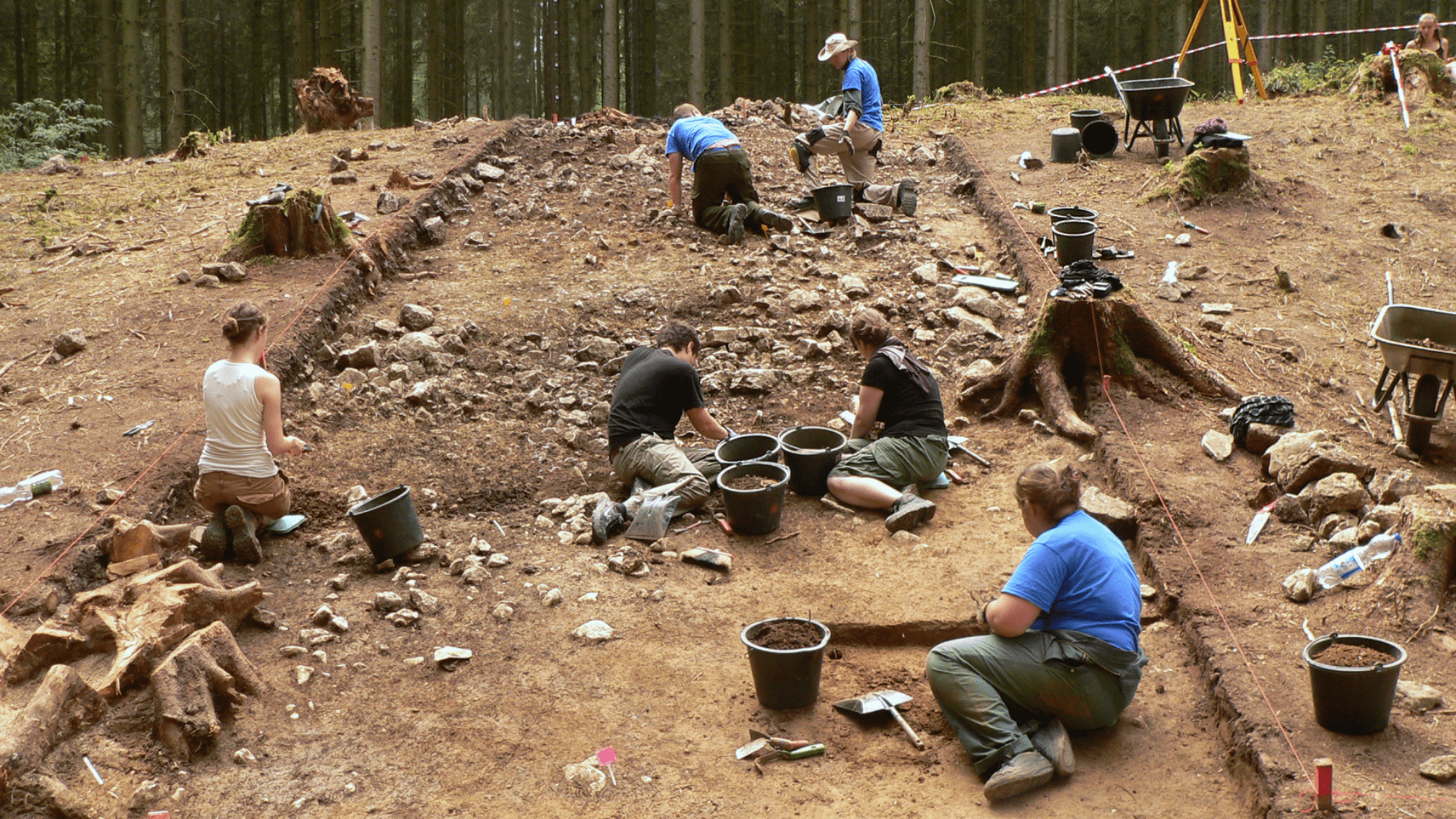
Axel Hindemith/Wikimedia Commons
Many of the sites could give us a better understanding of America’s ancient past and how things were before the founding of the US.
